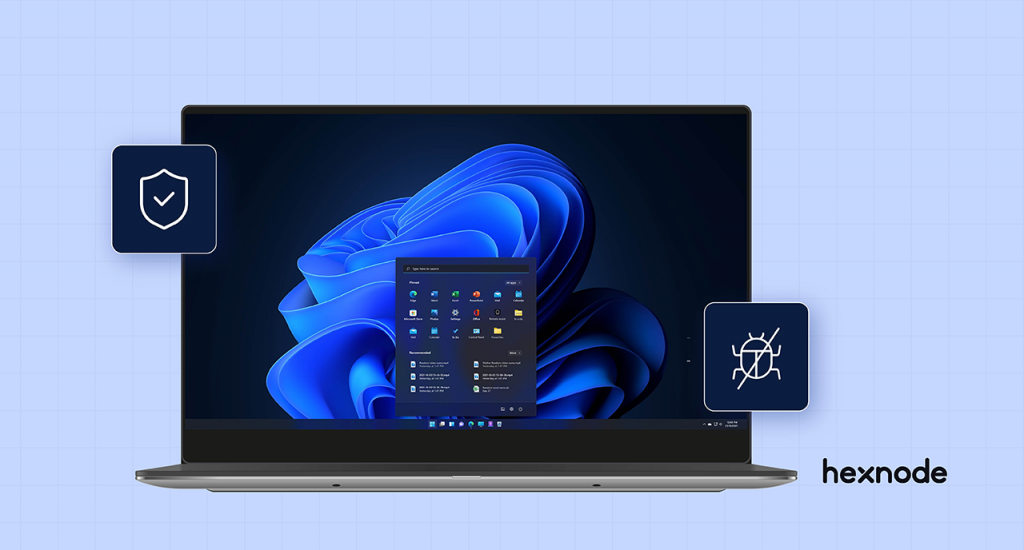Understanding Patch Management: Why it matters?
Patch management is the proactive process of identifying, deploying, and managing software updates, or patches, to rectify vulnerabilities, enhance pe

Get fresh insights, pro tips, and thought starters–only the best of posts for you.
Astrid Wolff
Dec 15, 2023
3 min read

Hexnode UEM now offers Patch Management for Windows laptops and desktops allowing organizations to remotely deploy patches and OS updates remotely.
In today’s digital landscape, Microsoft Windows is one of the most widely used operating systems on a majority of devices. However, keeping up with frequent security patches and updates can indeed be a challenging task. The manual application of these updates to all endpoints within a network can quickly become a headache for IT administrators. With Hexnode’s patch management feature, administrators can ensure that all Windows devices receive the necessary updates in a timely manner.
A patch serves as a software update aimed at fixing errors, bugs, or security vulnerabilities within computer programs. Microsoft releases patches regularly to address vulnerabilities in their software. These patches are commonly distributed as updates, which can be downloaded and distributed to the respective application or program using a patch management solution.
Hexnode’s Windows patch management feature helps to automate the update installation process and reduces the overall downtime by providing a range of configuration options.
Administrators have the ability to set restrictions on the maximum version of updates pushed to devices using this feature. For instance, by setting the product limit to Windows 10, the update will not surpass the target product. Similarly, administrators can set limits on the target version of the product to ensure updates do not exceed a designated version. Admins can also take advantage of driver updates and choose to include them in the update policy if required.
Windows updates can be pushed using Windows Server Update Services (WSUS) or Windows Updates for Business (WUFB), an updated version of WSUS. IT admin who prefers WSUS will have the flexibility to deploy updates using WSUS or, alternatively, push them through WUFB. Various channels, such as driver updates, quality updates, and feature updates, can be deployed to Windows devices using either WSUS or WUFB, depending on the update preferences selected in the policy.
Hexnode’s Windows Patch Management program proves to be a valuable tool for IT administrators, offering the convenience of a remote setup. For instance, patches can be applied to a device without the need for IT admins to be physically present nearby. Updates specific to each device can be configured and deployed remotely from a unified console. This not only saves time but also enhances the overall IT productivity.
Moreover, IT admins have the flexibility to customize the end-user experience during the patch deployment process through the update policy. It provides various update customization options, giving administrators the flexibility to decide how automatic updates are rolled out and to specify the time for Windows to restart after an update is installed. Admins can also configure notification services for end-users to inform them of possible update-related actions. With these capabilities, the update installation process can be automated, and users can be notified accordingly, providing IT admins more granular control over the entire update system.
Do you want to try Hexnode for all your Windows management needs? Your 14 day free trial is just a click away.
TRY NOW